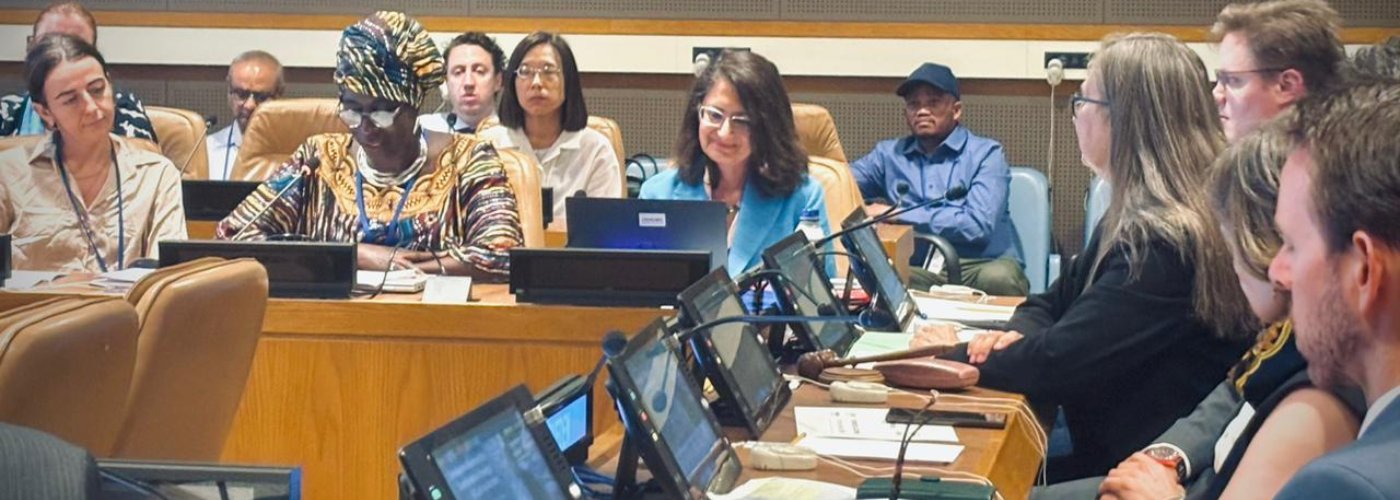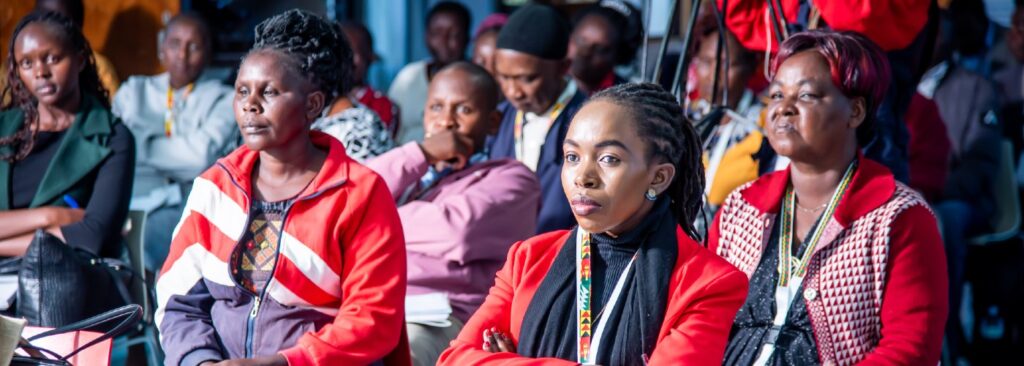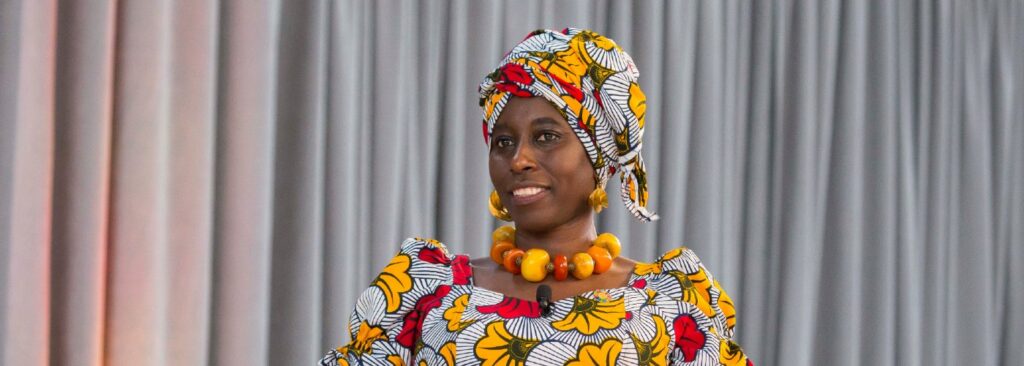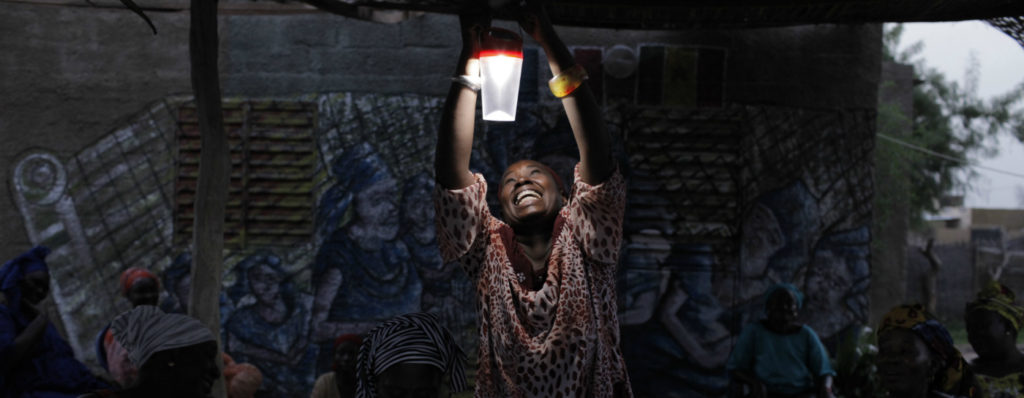On July 17, 2025, during the High-Level Political Forum on Sustainable Development (HLPF), ENERGIA, together with UNDESA, IRENA, Sida, Canada, Iceland, and the World Bank, convened a powerful side event to launch the policy brief “Gender Indicators for Sustainable Energy: A Call to Action.”
For the first time ever, all five custodian agencies tasked with tracking progress of the Sustainable Development Goal 7 on energy – the World Bank, IEA, WHO, IRENA, and the UN Statistics Division – joined forces to launch this initiative. They were also joined by UN Women, and the brief was endorsed by the African Union and major groups representing women and youth.
A critical gap
Amid the momentum toward achieving universal access to affordable, reliable, sustainable energy (SDG7), this event spotlighted a critical gap: the absence of gender-specific indicators in the 2030 energy transition agenda.
ENERGIA, hosted by Hivos, has been actively advocating for stronger gender data and accountability in energy since 2023. This year’s Call to Action marks a crucial first step toward anchoring gender considerations in the post-2030 sustainable development agenda.
The importance of gender indicators
Gender indicators are tools – whether statistics or lived experiences – used to measure gender differences and understand how policies and programs affect women and men differently.
Without dedicated gender indicators in SDG 7, it is hard to track progress toward a just and inclusive energy transition, measure impact, identify gaps, or hold stakeholders, particularly governments, accountable. Introducing gender indicators will provide much clearer insights, which enables more targeted and fair allocation of resources.
Stark disparities
Sheila Oparaocha, Director of ENERGIA, highlighted the current stark disparities: women-led companies receive less than 13% of off-grid energy investments, women hold only 11% of ministerial roles in energy-related sectors, and women make up just 22% of the energy workforce, despite being nearly half of the global labor force. “These are not just data points. They are symptoms of structural disparities,” she stressed.
The policy brief she helped launch calls for closing gender gaps in four key areas:
- Energy poverty, including time poverty and unpaid care work
- Employment and leadership in the energy transition
- Entrepreneurship as a pathway to economic empowerment
- Enabling environments for gender-responsive planning, policy, budgeting, and regulation
“It is essential for achieving SDG 7, given that women are not only beneficiaries of clean energy solutions but are powerful agents of change who contribute local knowledge, drive innovation, bridge last mile delivery gaps, and deliver stronger returns on equity and impact,” she explained.
Key opportunities in the coming years
Minoru Takada, Team Leader for Energy at UN DESA, closed the event by reiterating that SDG7 remains one of the few goals without a dedicated gender indicator. He emphasized that the coming years present key opportunities to push for the integration of gender indicators into global energy frameworks.
By increasing political visibility and encouraging investment, this Call to Action paves the way for governments and institutions to commit to tracking progress toward a more inclusive, gender-just energy transition.




